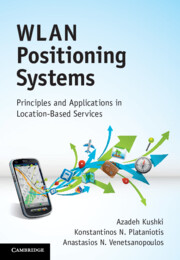1 - Positioning through the ages
from Part I - History and applications
Published online by Cambridge University Press: 05 February 2012
Summary
For thousands of years, the ability to explore the world has significantly impacted human civilization. Human explorations have enabled the interaction of cultures for the purposes of geographic expansion (for example, through war and colonization) and economic development through trade. These interactions have also played a pivotal role in an exchange of knowledge that has supported the advancement of science, the development of religion, and the flourishing of the arts throughout the world.
World exploration is largely enabled by the ability to control the movement of a vessel from one position to another. This process, known as navigation, requires the knowledge of the locations of the source and destination points. The process of determining the location of points in space is known as positioning. In this book, we use the terms location and position interchangeably to refer to the point in physical space occupied by a person or object.
Throughout history, various positioning methods have been developed including methods using the relation of a point to various reference points such as celestial bodies and the Earth's magnetic pole. More recently, the advent of wireless communications has led to the development of a number of additional positioning systems that enable not only navigation, but also the delivery of additional value-added services. The focus of this book is one such positioning method that employs wireless local area signals to determine the location of wireless devices.
- Type
- Chapter
- Information
- WLAN Positioning SystemsPrinciples and Applications in Location-Based Services, pp. 3 - 11Publisher: Cambridge University PressPrint publication year: 2012



